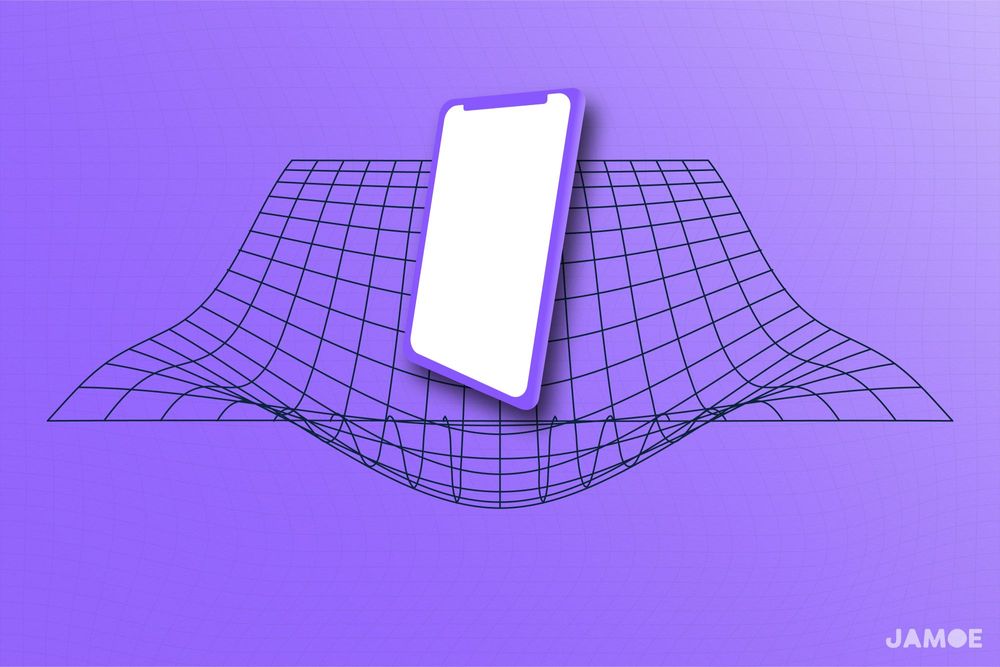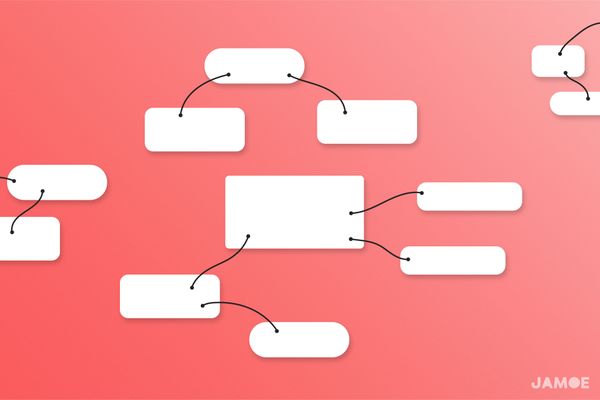Escaping Your Phone’s Gravity
At a glance
- Based on the reader question: In ‘Disciplined by Design’, I was familiar with how our environment shapes our actions, but I never connected that to how my phone layout can change my default behaviour, or that we look at our phones on average every 12 minutes. Do you have any recommendations on what a good phone setup would be? – Emma, UK
- Make your phone a tool rather than a distraction by redecorating your home screen. Use our three inspirational examples to get started: The Way to Hell, Casual Minimalist, and Maximum Minimalist.
- Learn how to apply the Buffet Principle to your phone home screen, and use it as inspiration for designing other key spaces that unconsciously shape your behaviour.
- When you pick up your phone, default to things that nudge you in the direction you want your life to be moving in.
Introduction
On average, UK smartphone users check their phones every 12 minutes according to the 2018 Ofcom study. Knowing this presents a great opportunity. We can change our lock screens and home screens to nudge our behaviour in the direction we want to be moving in, especially in the knowledge that 75% of us will default to selecting the first choice we see.
Here I’ll be building on the home screen design insights covered in the Disciplined by Design article. In that article, I shared what the team and I call the Buffet Principle:
Buffet Principle: The first choice we see shapes our actions the most. So, make the first choice the right choice.
This principle is grounded in the peer-reviewed medical study from 2013 that found 75% of people at a food buffet accepted the first item they were offered regardless of whether they were being health conscious or not.
With our phone lock screens and home screens being the front page of our digital worlds, that means the apps on that front page shape our behaviour the most. You’ll find a mix of serving suggestions below to inspire adjustments that’ll make your desired action your default action.
Once set up, your phone can support your ambitions instead of getting in the way of them. However, we’d be remiss if we didn’t drop in the old truth: if you want to take on some deep work, having a phone with a redecorated home screen is great, but having your phone in another room or a drawer is even better, so you can remove all unwanted temptations.
Inspiration examples
The Way to Hell
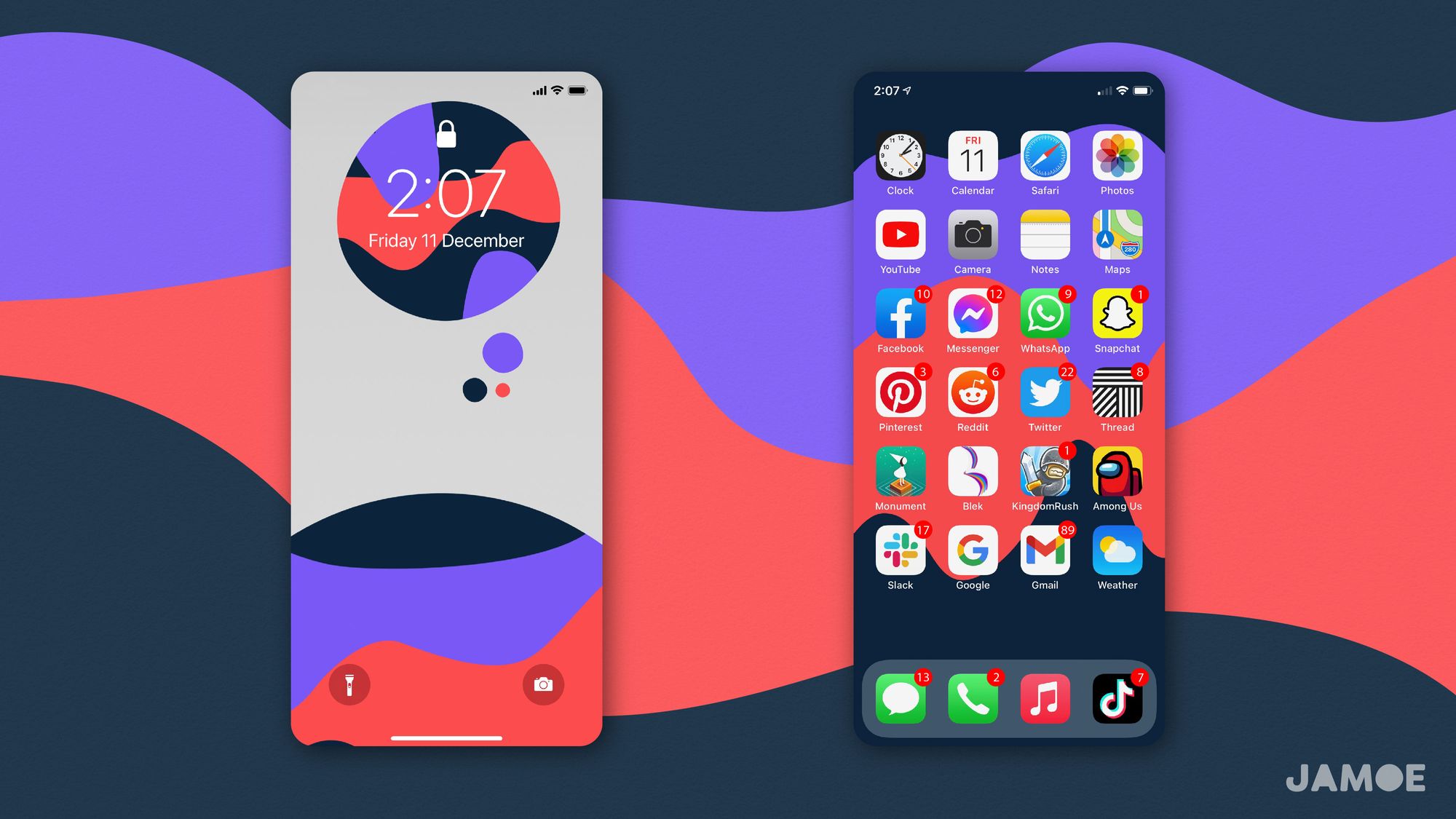
The Way to Hell - Niccolò Machiavelli was misunderstood. In 1526, he wrote to a friend that the goal of ‘The Prince’ was, ‘…to teach [readers] the way to hell, so they can steer clear of it’ rather than to teach people how to reign with terror[1]. In the same spirit, we present a new addition to Dante’s circles of hell that is potentially living in your pocket[2]. The app icon badges elevate the heart rate. Plus, having the first thing you see be a cluster of social and gaming apps is a siren call that will hard to resist.
Casual Minimalist
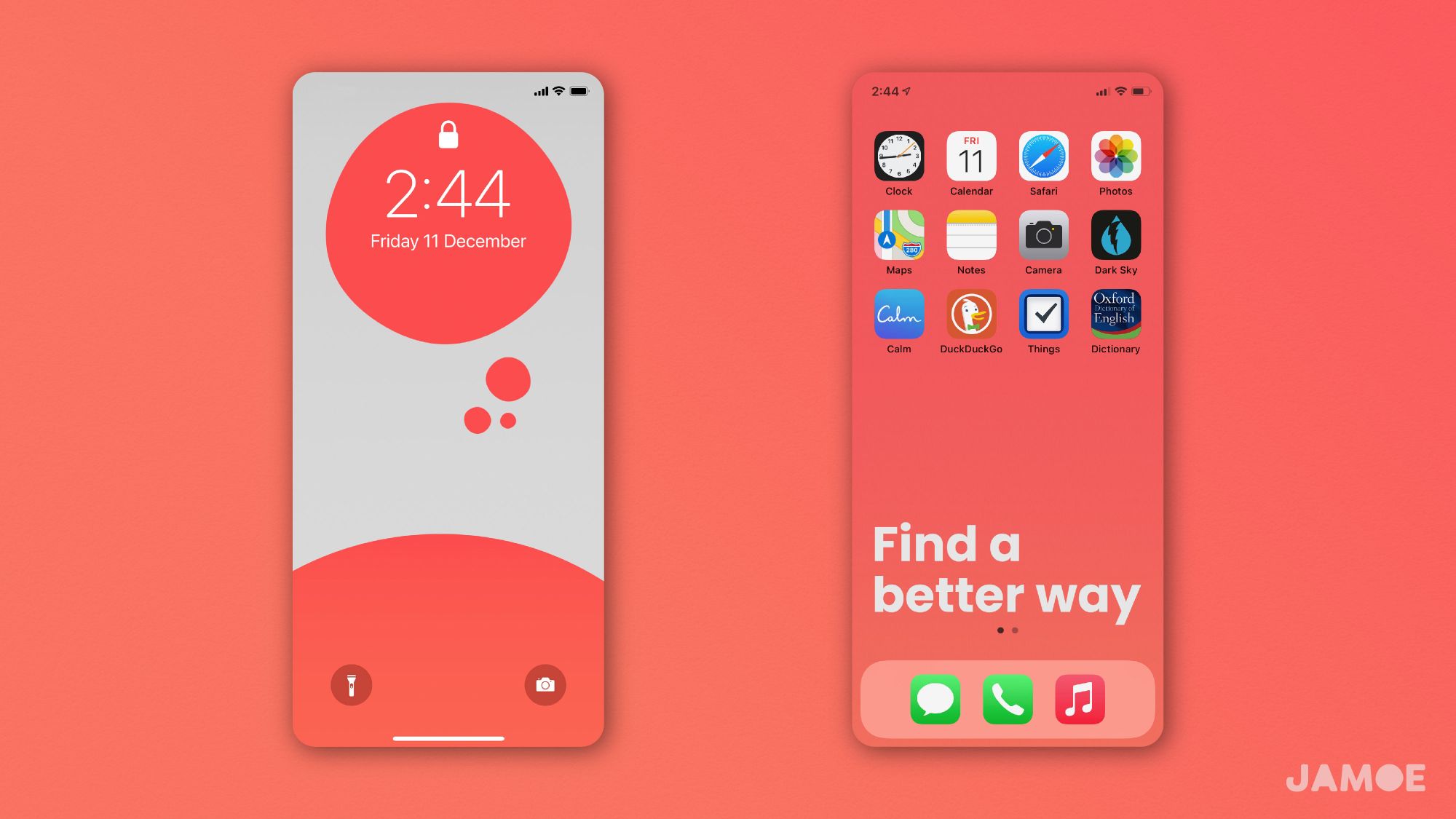
Casual Minimalist - This is Goldilocks’ favourite. No bottomless-pit apps are visible, so you won’t get trapped in an infinite scroll newsfeed that is always hungry for a refresh. Instead, the home screen has been spruced up with an aromatic blend of utilities and some core phone functions.
Maximum Minimalist
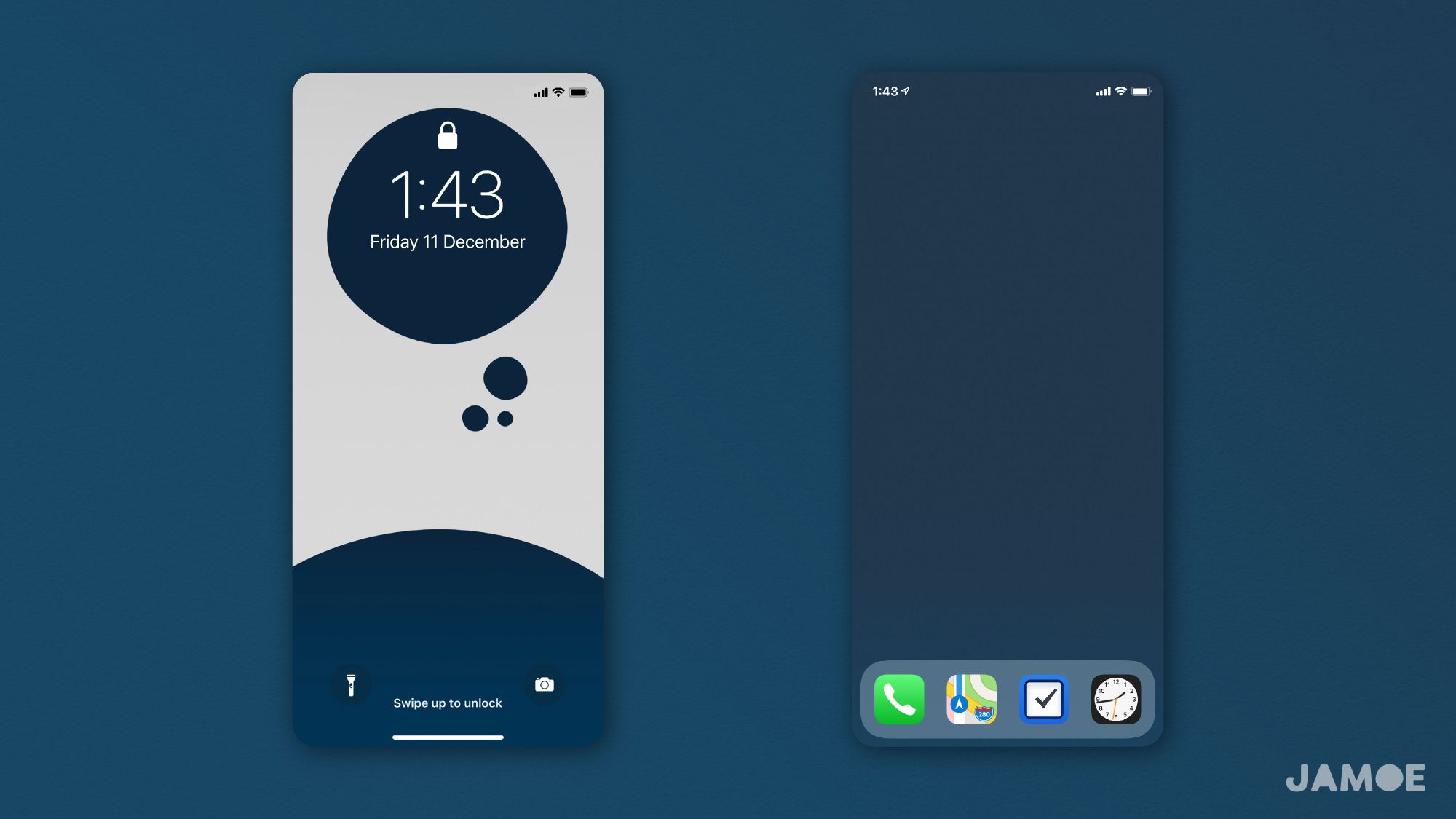
Maximum minimalist - A search-only setup. Extreme but practical. It’ll force you to make every interaction on your phone a mindful one instead of succumbing to impulse. Going for this approach feels like putting on a pair of noise-cancelling headphones. If it’s too much, you can always use this blank slate to incrementally rebuild your home page by re-adding the apps you reach for to get things done.
More phone taming tips
Setup the tools in your life to enrich, not subtract.
By default, they don’t want to live peacefully in our pockets. They want to be picked up, played with, and will whine with beeps and buzzes until we heed their howling.
The operative phrase here is by default. It doesn’t have to be this way.
We can, with a few toggles and tricks, turn down the noise, and reclaim some headspace.
Make no mistake, the cost of not doing so is greater than a few seconds here and there.
There is an anxiety that hums in the background. The hum is a sign of the fear that our calm, focus, or repose could be shattered at any moment.
After dabbling, I wanted to share my headspace reclamation recipes with you. Like all recipes, I hope they inspire you to create your own and add a few personal touches.
In order of effort to implement from lowest to highest:
- Phone on silent by default – flick the switch. The noises were novel when I first got my phone, but now they’re just a dopamine hit with little payoff.
- Set all phone and computer notification to be turned off by default – whenever a new app installs, I never allow notifications. If and only if I find myself wishing they were on do I then activate them. So far, only two such apps have made the cut: the messaging app I use with my close friends and family, and a live chat app that clients use to receive support.
- Set a Do Not Disturb schedule – permit yourself to be off-the-clock. Outside of the hours of 8am – 8pm, my phone goes into Do Not Disturb. If you're one of my contacts and ring my phone twice, however, you’ll get through, and those that might contact me with urgent news know this.
- Phone out of the bedroom – this one is hard, especially if you live in a studio. The objective is to put it out of sight, so a drawer will do. If you need its alarm function, getting a dedicated clock is an inexpensive and rewarding investment.
- Screen time limits – YouTube knows me too well. I used to spiral into YouTube rabbit holes, and hours would pass. Part of that is because I’m weak, though it's also because the algorithms are strong, and honed to compel me to click. Screen limits do two things i) with only 15 minutes a day, I focus on getting the most value from what I consume, which makes me have a bias for things that will enrich my life; ii) when the limit is up, it disrupts me. I can pause, and ask ‘Do I truly want to watch this video?’. Normally the answer is no, and I then make a more conscious decision for how I want to spend my time.
The only thing now that beeps at me is the washing machine.
(Adapted from the Story of the Week, ‘Do Not Disturb’)
Phone wallpaper download: adding some playful zen
Download the phone wallpapers featured in this article here.
The link will download a .zip folder, which contains nine high-resolution JPEGs. The folder is 9MB.
Footnotes
[1] Erica Benner, ‘Machiavelli's Prince: A New Reading (2016), Oxford University Press
[2] Western society’s modern image of hell comes from a description written in the 14th century by Dante Alighieri’s in his epic poem, ‘Inferno’. Dante describes hell as having nine circles with the central circle being for the most wicked of sinners, those who have committed treachery. If your curiosity is piqued, see this article by Open Culture, which has a whimsical 8-bit map at the bottom.
This article is part of the Redraft newsletter, where we answer reader questions. Submit your question here or subscribe for free.

